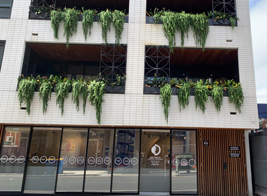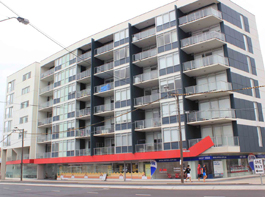Is your shin hurting while you are walking? Running or playing sports? In today’s blog post, I’m going to explain to you why you are having shin pain and what you can do about it.
Shin pain also known commonly as shin splint. Shin splints are caused by repetitive stress on the shin-bone and the connective tissues that attach your muscles to the bone.
Shin Splint generally happened:
- to new runners as your body is not used to the stress you are putting on your leg muscles
- also, commonly happens to runners who are returning from a break from running, and generally happens when they increase their mileage too quickly
Signs & Symptoms:
- shin splints include an aching, throbbing or tenderness along the inside of the shin (although it can also radiate to the outside) about halfway down or all along the shin, from the ankle to the knee
- pain of shin splints is most severe at the start of the run, but often goes away during a run once the muscles are loosened up
- at first, the pain might stop when you stop exercising. Eventually, however, the pain can be continuous and might progress to a stress reaction or stress fracture
In this blog, I’m going to share with you some tips and exercises on what you can start doing today to help fix this problem.
Keeping in mind, these exercises are of general nature and do not take your injuries/history into considerations. In order to fully rehab your discomfort you will still need to continue to progress to harder and more functional strengthening exercises that are specifically tailored for you, in order to feel pain free while working.
Here at Capital Physiotherapy, our physiotherapists are the experts in helping you to fix your issues as well as all the discomfort that comes with it!
We can help you lead a healthier and pain-free lifestyle.
Our physiotherapist will be able to give a full assessment on you and come out with individualised advice/ treatment plan that is tailored for your particular needs.
At Capital Physiotherapy, your initial appointment is 40-60minutes long. This allows our physios to be thorough in their assessment, as well as giving them enough time to give you treatment on the same consultation!
For any physiotherapy related concerns drop us an email info@capitalphysiotherapy.com.au or make an appointment through our booking system!
Additional Information:
We also provide Telehealth Consultation for your safety and convenience during this pandemic.




 Meet Melanie Lim, a Bachelor of Physiotherapy Graduate from the University of Melbourne. She has gained a wealth of clinical experience through both public and private systems during her undergraduate studies to be here today at Capital Physiotherapy’s Hawthorn Physio clinic.
Meet Melanie Lim, a Bachelor of Physiotherapy Graduate from the University of Melbourne. She has gained a wealth of clinical experience through both public and private systems during her undergraduate studies to be here today at Capital Physiotherapy’s Hawthorn Physio clinic.